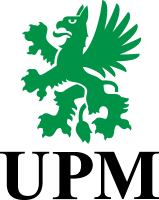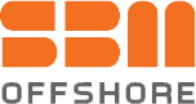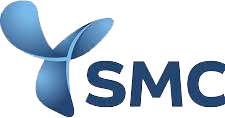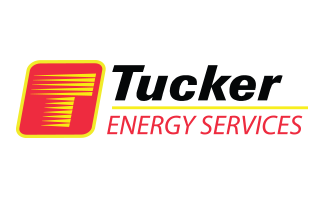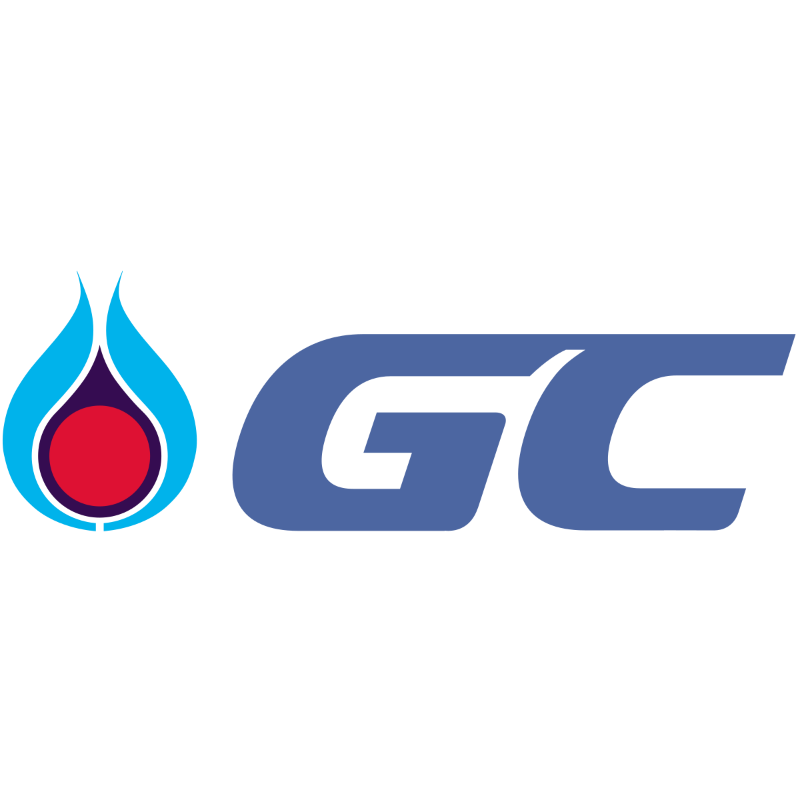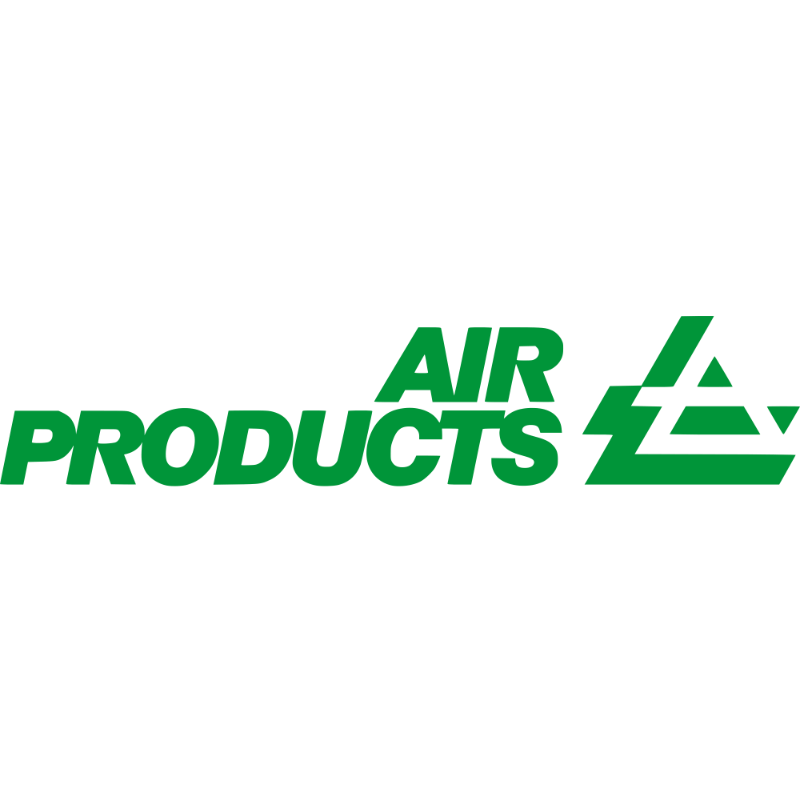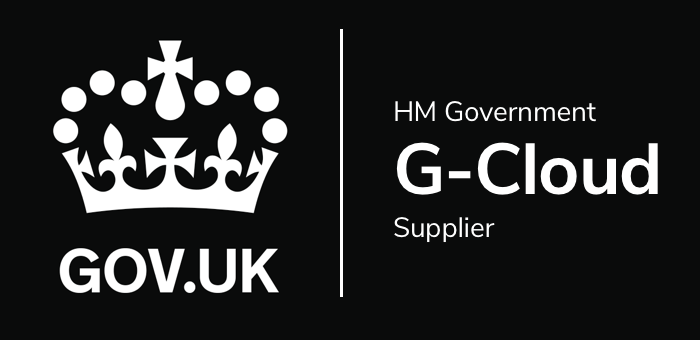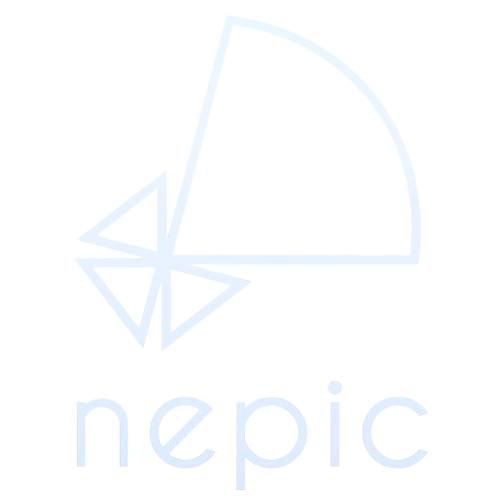
Turnarounds are among the most complex, costly, and high-stakes activities in industries such as oil, gas, power, and chemicals. Effective and precise turnaround scheduling is critical — it minimises downtime, protects margins, and ensures safe, efficient execution.
This guide outlines practical strategies for improving turnaround performance through technology and automation, which brings accuracy, consistency, and speed to every stage of the planning process.
Understanding Turnaround Scheduling
At its core, turnaround scheduling is about structuring and sequencing thousands of tasks within a defined window to deliver maintenance, inspections, and upgrades with the aim of protecting or enhancing long-term production.
Turnaround scheduling involves creating a detailed roadmap for events such as refinery shutdowns, power station outages, or offshore platform maintenance. It’s the backbone of project success, as it:
- Boosts productivity by aligning teams and resources
- Optimises capacity to avoid idle time
- Improves safety and compliance with structured workflows
Done well, it means:
- Fewer delays
- Better resource allocation
- More predictable costs
Done poorly, it can lead to overruns running into millions. That’s why operators are increasingly turning away from manual processes and seeking out turnaround software solutions to standardise planning and eliminate inefficiencies.
Assessing Current Operational Efficiency
Before optimising turnaround scheduling, it’s vital to evaluate your existing processes. This assessment reveals inefficiencies and helps prioritise improvements.
Focus on:
- Task execution timelines
- Resource allocation efficiency
- Communication and data flow
Bottlenecks such as poor prioritisation, misaligned resources, or siloed communication can quickly derail turnaround projects.
Leveraging Process Automation
Manual scheduling is time-consuming, inconsistent across large teams, and error-prone. New AI tools like iPlanAI, can automate repetitive tasks such as resource allocation and work order generation.
Benefits of Automation in Turnaround Scheduling:
- Reduced manual administration
- Faster schedule adjustments
- Improved accuracy and consistency
- Built-in safety and compliance standards
For planners, automation is a game-changer; planning time that used to take years can now be reduced to just days.
Workflow Management Tools
Modern turnarounds rely on workflow management tools to coordinate tasks across multiple teams. Essential features include:
- Real-time task monitoring
- Automated alerts
- Cloud-based collaboration
It is important to select Turnaround software that can integrate with existing systems to provide real-time insights into existing metrics and consolidate all features into a single platform, ensuring consistency across every work order.
Developing an Effective Turnaround Scheduling Plan
The best turnaround schedules evolve over time. Regular reviews and lessons learned help refine strategies and prevent repeating the mistakes of the past while capitalising on the successes.
A successful plan aligns resources, timelines, and milestones. With tools like iPlanSTO and utilising iPlanAI, every turnaround schedule is built using historical data, industry norms, and safety-critical steps, ensuring no element is overlooked.
Setting Clear Objectives and Milestones
- Define achievable goals
- Map milestones against timelines
- Track KPIs for schedule performance
iPlanAI captures project data and feeds it into a knowledge base, so every new turnaround benefits from past insights, and real-time dashboards allow managers to monitor live progress, adjust schedules instantly, and stay ahead of risks.
Implementing Capacity Planning Best Practices
Effective capacity planning ensures your workforce and materials align with project demands. Best practices include:
- Regular capacity assessments
- Scenario-based planning
- Adaptive scheduling techniques
Using iPlanAI’s predictive analytics and automated planning engine, operators can spot these risks early and reallocate resources before delays occur.
The Future of Turnaround Scheduling
With the rise of Industrial AI, IoT, and predictive analytics, the future of turnaround planning is already here. These new tools can enable:
- Integration with sensor data for real-time updates
- Prescriptive recommendations to prevent delays
- Autonomous workflows that reduce manual intervention
Final Thought:
Optimising turnaround scheduling isn’t just about working faster — it’s about working smarter, safer, and more strategically. In industries where every hour of downtime translates into lost production and revenue, precision and planning discipline are everything. The ability to align people, processes, and data in real time is now a defining factor of operational excellence.
The rise of industrial AI is transforming that challenge into opportunity. Tools like iPlanAI are giving project planners and engineers the power to plan and schedule entire turnarounds in days, not months — with unprecedented accuracy, built-in compliance, and real-time adaptability.
By automating repetitive tasks and embedding decades of industry best practice into every plan, AI-driven scheduling allows teams to focus on what truly matters: safety, strategy, and performance.
Author:
James Holt, Commercial Director - IAMTech.
Author Bio:
James Holt is the Commercial Director at IAMTech, having joined the company in May 2024 after over two decades in operational leadership roles within the global contracting sector. He spent 22 years managing operations with the last two years responsible for overseeing the operational HSE Managers across the UK, Ireland, and Nordics. Prior to joining IAMTech, James served as Head of Performance at Altrad UK, Ireland & Nordics, where he was instrumental in enhancing efficiency and driving performance initiatives. His early leadership roles included global organisations such as Aker Kvaerner and Cape plc. James brings deep real-world insight into how industrial software products are adopted and used in the field.



